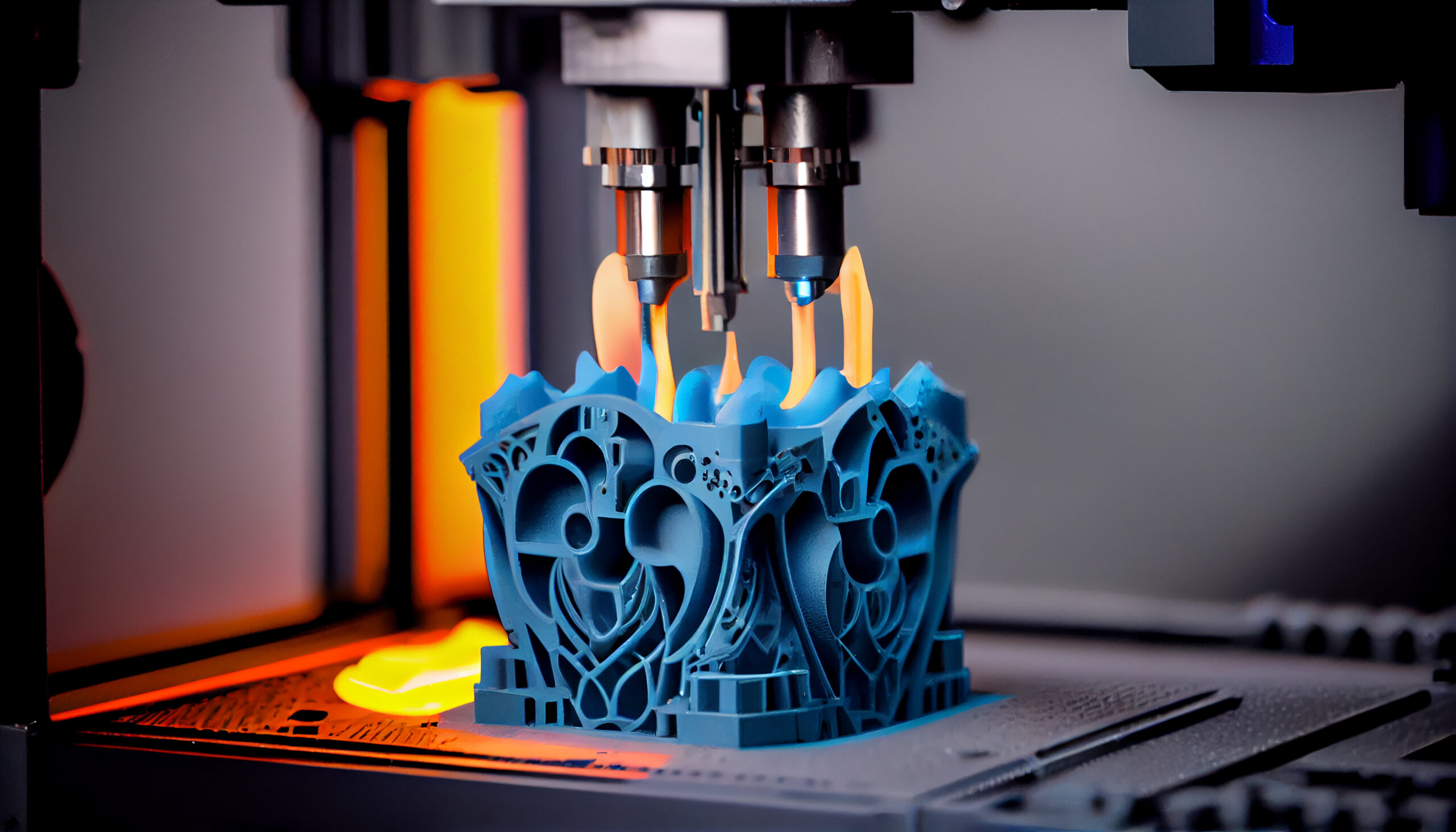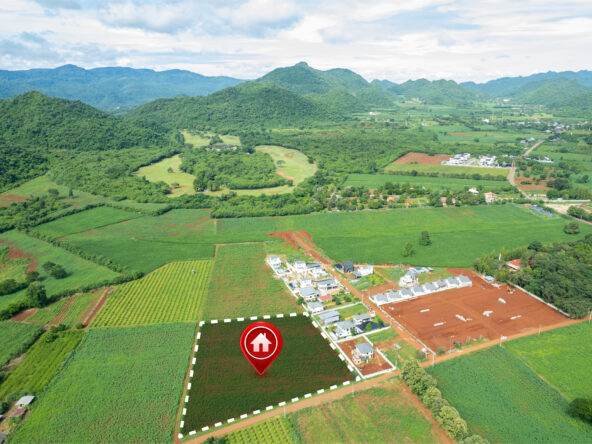Introduction
The construction industry, a traditionally labor-intensive and time-consuming sector, is undergoing a profound transformation with the advent of 3D printing technology. Traditional construction methods are being challenged by the efficiency and cost-effectiveness of 3D printing. In this blog post, we’ll explore the impact of 3D printing on construction and the strategic importance of land investment in this rapidly evolving landscape.
Understanding 3D Printing in Construction
3D Printing Technology Overview
3D printing, also known as additive manufacturing, involves creating three-dimensional objects layer by layer from digital models. In construction, this technology is revolutionizing the way buildings and structures are created. Various techniques, including contour crafting and extrusion, enable the construction of entire buildings with unprecedented speed and precision.
Advantages over Traditional Construction
The benefits of 3D printing in construction are manifold. It significantly reduces construction time and labor costs while minimizing material wastage. The precision of 3D printing allows for intricate and customized designs, opening new possibilities for architectural innovation. Additionally, the technology enables the use of sustainable materials, contributing to environmentally friendly construction practices.
Showcasing Success Stories
Highlighting successful 3D printing projects serves as a testament to the technology’s potential. Icon’s 3D-printed homes, for example, demonstrate the feasibility of creating habitable structures quickly and affordably. Moreover, 3D-printed bridges and other structures showcase the versatility and strength of materials used in this innovative construction method.
The Role of Land Investment
Strategic Land Acquisition
The success of 3D printing in construction is closely tied to the strategic acquisition of land. Proximity to urban centers is crucial, ensuring easy access to resources and transportation. Investing in well-located land also involves considering the availability of essential infrastructure, such as utilities and connectivity, to support 3D printing construction projects.
Zoning Regulations and 3D Printing Construction
Navigating zoning regulations is a critical aspect of land investment for 3D printing construction. Understanding local building codes and regulations helps investors identify suitable land for 3D printing projects. Municipalities are gradually adapting to the possibilities presented by 3D printing, but being well-informed about existing regulations is essential for successful land investment.
Case Studies in Successful Land Investments
Examining real-world examples of successful land investments for 3D printing construction provides insights into the decision-making process. Case studies could include instances where strategic land acquisitions played a pivotal role in the success of 3D printing construction projects. These examples underscore the importance of foresight and planning in land investment.
Benefits of Investing in 3D Printing for Construction
Cost Savings in Construction
One of the most significant advantages of 3D printing in construction is cost savings. The streamlined construction process reduces labor costs and material waste, making projects more economically viable. Investors stand to benefit from increased profitability and quicker returns on investment compared to traditional construction methods.
Environmental Sustainability
As the world places a greater emphasis on sustainable practices, 3D printing in construction aligns with environmental goals. The technology allows for the use of recycled materials and minimizes overall construction waste. Land investors supporting 3D printing projects contribute to environmentally responsible development, enhancing the appeal of their investments.
Accelerated Construction Timelines
Traditional construction projects often face delays due to weather conditions, labor shortages, or other unforeseen challenges. 3D printing’s efficiency minimizes these delays, allowing for faster project completion. Investors can capitalize on shorter construction timelines to generate revenue sooner and mitigate risks associated with prolonged construction periods.
Design Flexibility and Customization
The flexibility offered by 3D printing in design is a game-changer for architects and developers. Investors in 3D printing projects can attract a broader range of clients seeking customized and innovative designs. The ability to cater to unique architectural preferences adds value to the constructed properties, potentially increasing their market demand and resale value.
Potential Challenges and Risks
Technological Limitations
While 3D printing in construction holds immense promise, it’s essential to acknowledge current technological limitations. Investors should be aware of the scale and complexity constraints of existing 3D printers and stay informed about advancements in technology to assess potential risks.
Regulatory Hurdles and Building Codes
The regulatory landscape for 3D printing in construction is evolving. Investors need to stay abreast of changing building codes and regulations to ensure compliance and avoid legal challenges. Engaging with local authorities and proactively addressing regulatory concerns can contribute to successful project outcomes.
Public Perception and Acceptance
Public perception of 3D-printed structures may impact the market acceptance of such properties. Investors should consider public sentiment and work towards educating potential buyers about the safety and durability of 3D-printed constructions. Building a positive narrative around 3D printing technology is crucial for market acceptance.
Economic Considerations and Market Volatility
As with any emerging technology, economic factors and market volatility can influence the success of 3D printing projects. Investors should conduct thorough market research, assess economic conditions, and consider potential impacts on the construction industry before committing to large-scale land investments.
Future Trends and Innovations
Emerging Technologies in 3D Printing
The landscape of 3D printing is continually evolving, with new technologies enhancing capabilities. Investors should stay informed about emerging 3D printing technologies, such as advanced materials and printing techniques, to anticipate future trends and position their investments strategically.
Integration of Robotics and Automation
The integration of robotics and automation in 3D printing construction processes is a significant trend. Investors exploring opportunities in this space should consider partnerships with technology companies specializing in robotics to enhance construction efficiency and precision.
Global Adoption and Expansion of 3D Printing
The global adoption of 3D printing in construction is on the rise. Investors seeking international opportunities should monitor the adoption rate of 3D printing technology in different regions and explore partnerships with global players to capitalize on the expanding market.
Investment Strategies
Identifying Promising Investment Opportunities
Investors can identify promising opportunities by collaborating with experts in 3D printing technology and construction. Networking with industry professionals, attending conferences, and staying informed about the latest advancements can help investors pinpoint high-potential projects and partnerships.
Collaboration with Technology and Construction Companies
Successful land investment in 3D printing construction often involves collaboration with technology and construction companies. Investors can explore partnerships with companies at the forefront of 3D printing technology to leverage their expertise and ensure the success of construction projects.
Diversification and Risk Management
Diversifying investments across different 3D printing projects and geographic locations can mitigate risks associated with market fluctuations and unforeseen challenges. Robust risk management strategies, including thorough due diligence and scenario planning, are crucial for long-term success in land investment for 3D printing construction.
Conclusion
In conclusion, land investment in the context of 3D printing is a strategic move that holds immense potential. The transformative impact of 3D printing on construction, coupled with strategic land acquisitions, presents a unique opportunity for investors to participate in the evolution of the construction industry. While challenges and risks exist, proactive and informed investment strategies can position investors for success in this dynamic and innovative space.
By staying informed and embracing the potential of 3D printing in construction, investors can play a pivotal role in shaping the future of the industry while realizing significant returns on their land investments.




